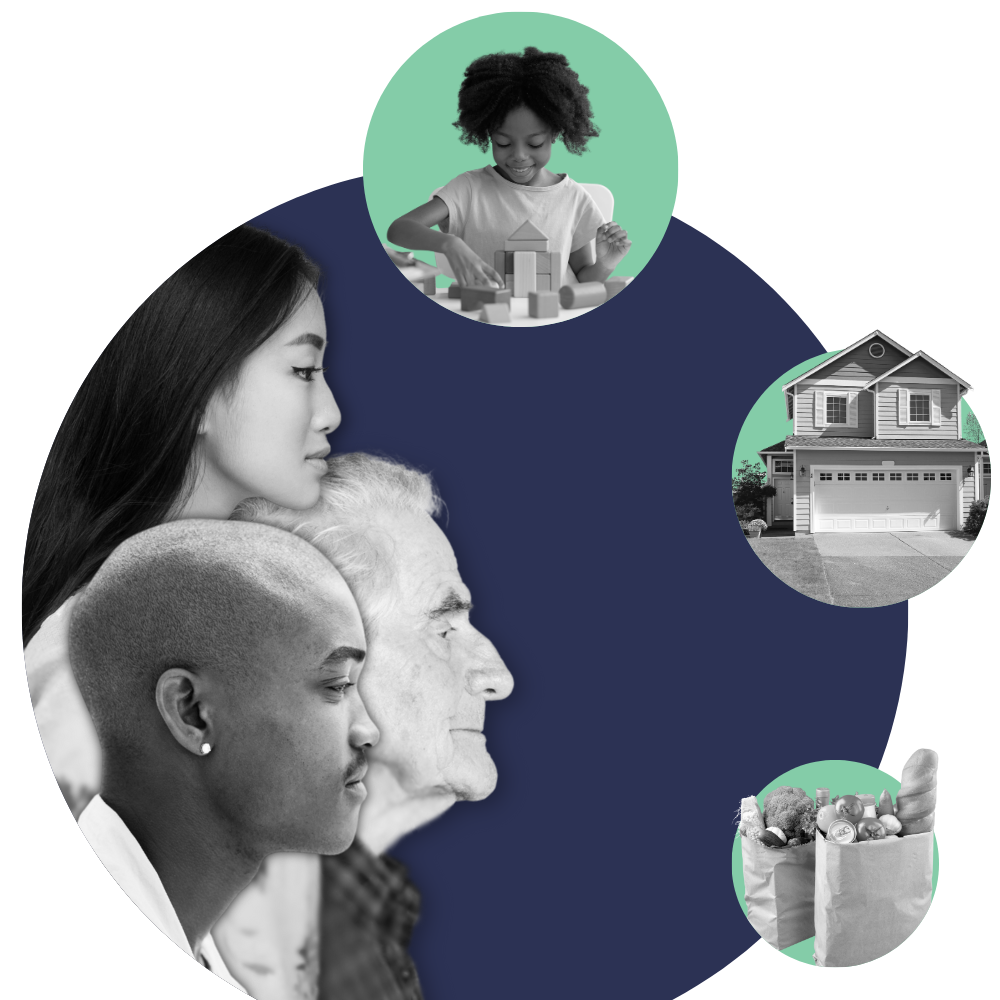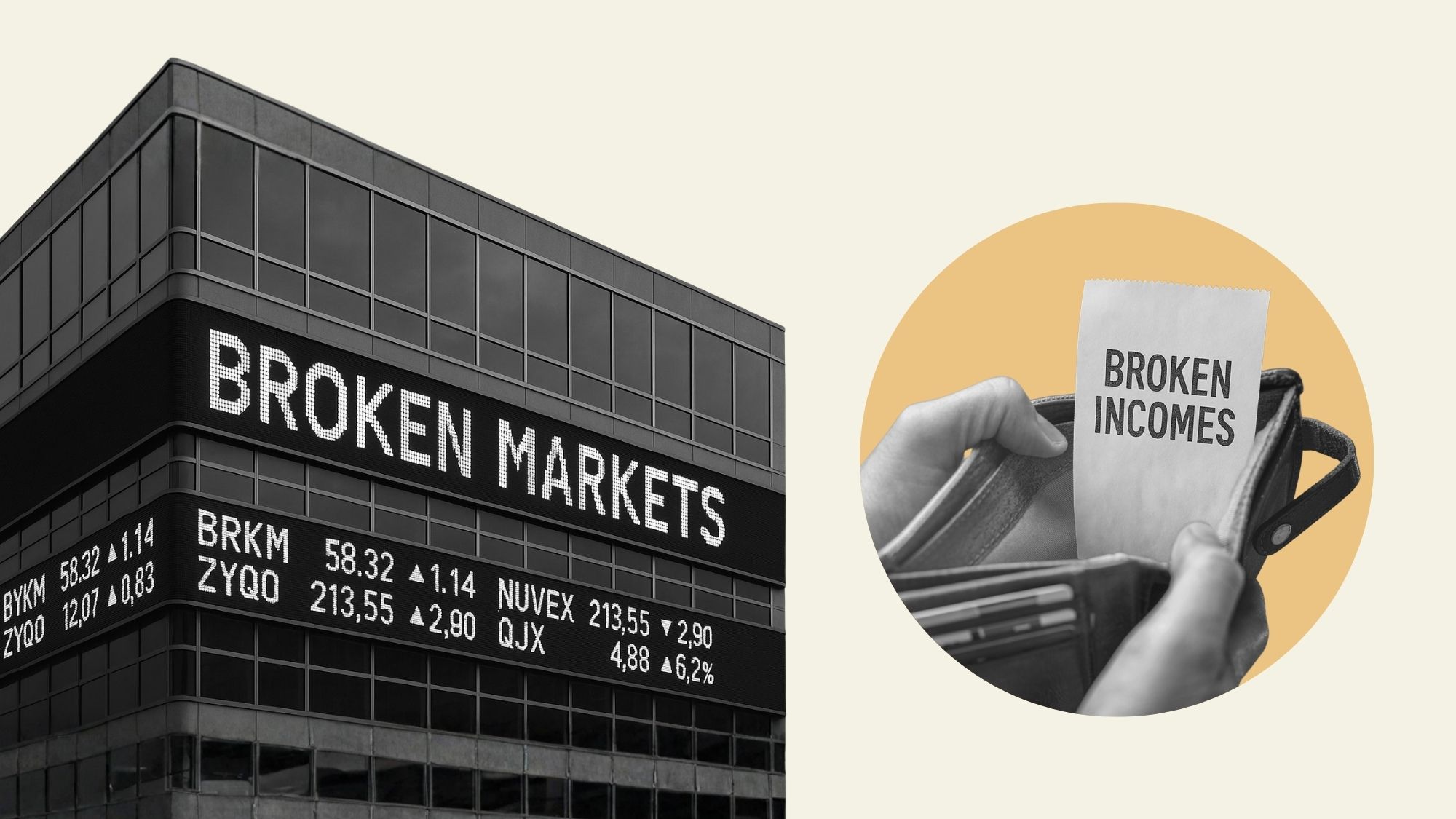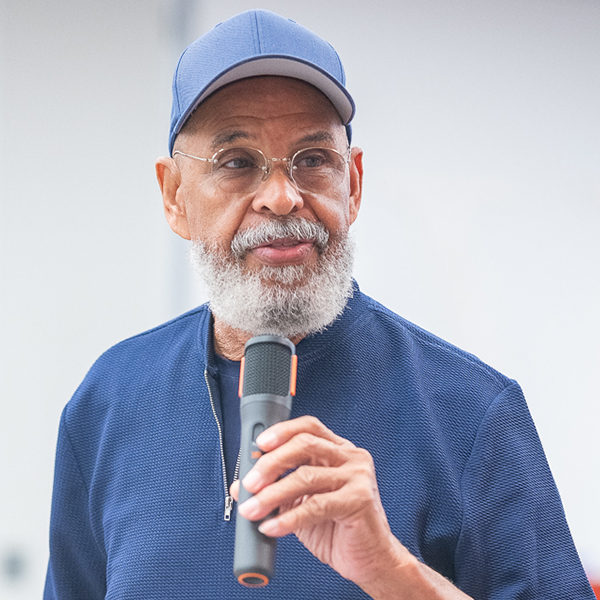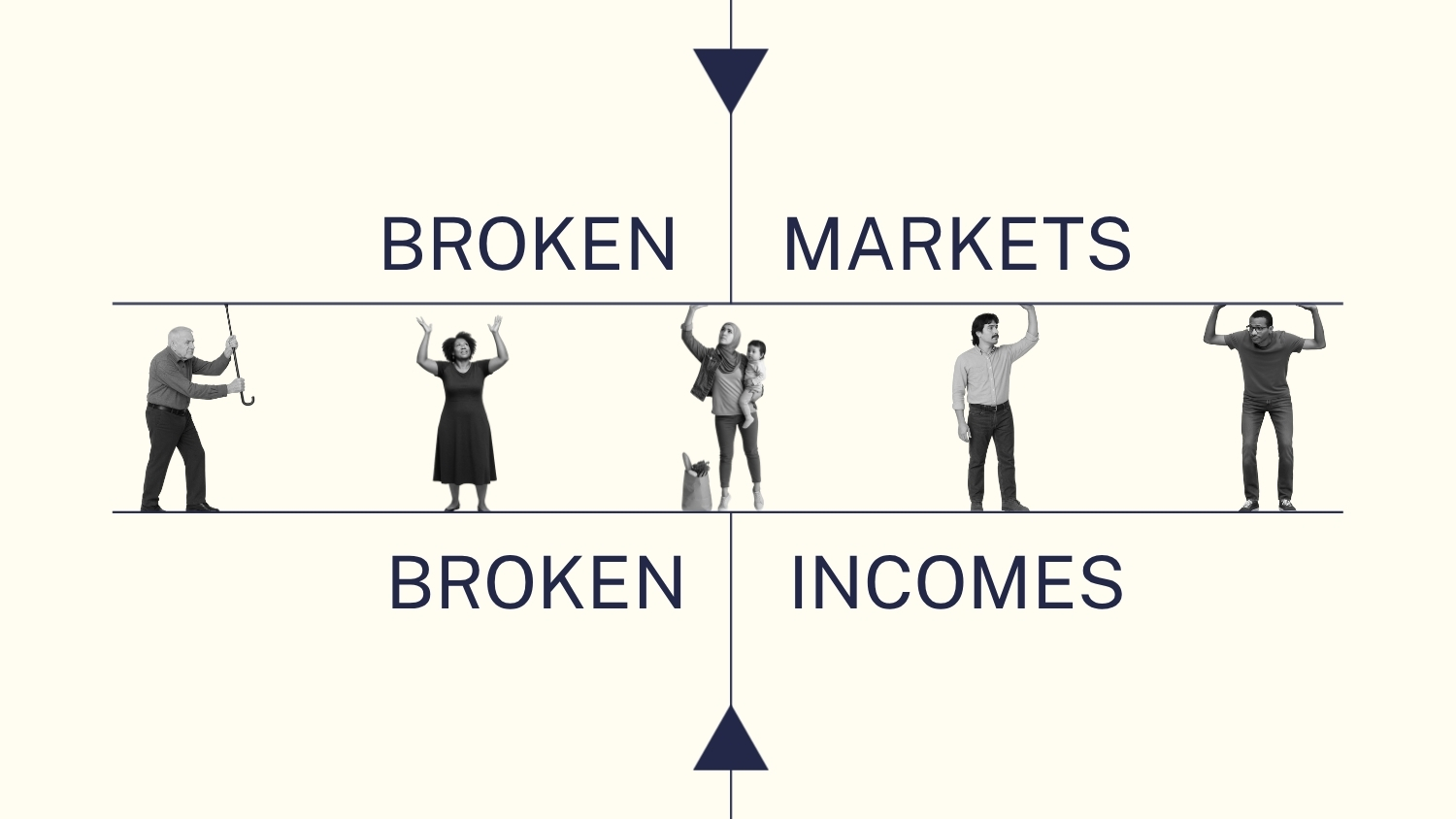Work • Affordability
Americans Face an Affordability Crisis.
Broken markets raise prices, while broken incomes fail to cover the cost-of-living. Understanding these forces helps shape effective policies.

Featured

NEW POLL: Young voters, squeezed by the economy, believe government should do more to fix it
Read More: NEW POLL: Young voters, squeezed by the economy, believe government should do more to fix itWhy Are Things Unaffordable?
Read More: Why Are Things Unaffordable?Dual Drivers: Broken Markets & Broken Incomes
Read More: Dual Drivers: Broken Markets & Broken IncomesThe Challenge
Families are struggling to afford the basics, even as some headlines point to a strong economy. The squeeze shows up in rent, child care, groceries, medical bills, and energy costs. It is not the result of one event, one price spike, or one corporate actor. It is the outcome of two drivers acting together: broken markets and broken incomes.
23.6%
grocery prices rose from 2020 to 2024
50%
increase in the median home price from 2020 to 2025
First, markets are broken in ways that push prices up. Gatekeepers restrict supply and limit access to what communities need. Americans pay $5,000 more annually because of corporate concentration, while strict zoning laws limit housing supply, making too few homes that cost too much. Administrative bloat in the health care system wastes billions. Relying on the private sector alone risks leaving communities behind, especially rural communities, when private providers avoid scaling goods to levels that meet public demand. As a result, prices rise and consumers’ choices shrink.
Is the new American dream working three jobs?
— Resident of Omaha, NE
Second, incomes are broken and family budgets are strained. Paychecks do not keep pace with the rising cost of essentials. Low-income families feel these costs disproportionately, and pay a hefty time tax as they navigate bureaucratic systems. People experience a sharp financial crunch as bills arrive in early adulthood and retirement when earnings are low. Inequality shifts gains to the top while many families fall behind: median wages have risen just 29% since 1979, while productivity rose 83%. When shocks hit, like recessions or inflation, already thin cushions disappear completely and the income gap widens.
The cost of living has gone so high, it kinda offsets everything I do to bring money in.

— Resident of Venice, IL
The recent passage of Congress’ enormous tax package, the One Big Beautiful Bill Act (OBBBA) has added to the strain. Healthcare premiums are rising and household energy costs are projected to increase. Cuts to safety net programs like Medicaid and SNAP weaken the very tools that help families to steady their budgets. The impact is deeply unequal. Low-income communities, people with disabilities, Black and brown families, rural Americans, immigrants, and seniors face the sharpest trade offs. This cost-of-living crisis will not ease unless policymakers tackle broken markets and broken incomes together.
The Plan
To fight the affordability crisis, we must first understand why things are unaffordable. The Affordability Framework is a diagnostic tool designed to help policymakers, experts and anyone seeking to address the crisis better understand the economic and political causes of unaffordability. The Framework identifies broken markets and broken incomes as the dual drivers of rising costs to inform and assess policies that will ultimately lower household bills and steady budgets.
The Affordability Framework
Click to read the full report
Visit link (opens in new tab): Click to read the full reportThe second phase of this work will apply the Affordability Framework to issue policy recommendations specific to key markets contributing to the affordability crisis. These policy recommendations will build on the theory of the case laid out in our framework and incorporate perspectives and experiences from the people and families experiencing the affordability crisis firsthand.

This work blends evidence with lived experience. Through our Affordability Tour and ongoing listening sessions in communities, we are grounding policy design in what we hear families tell us directly. We are convening economists, practitioners, and lawmakers to apply the framework to tackle affordability, so that families can make ends meet.
Affordability
The Affordability Framework
The dual drivers of the affordability crisis explain the disconnect between strong macro economic indicators and the pain people feel.

Affordability in the Media
